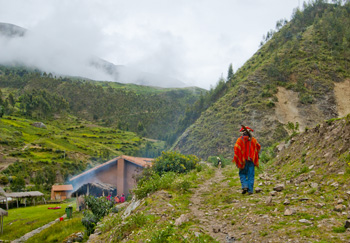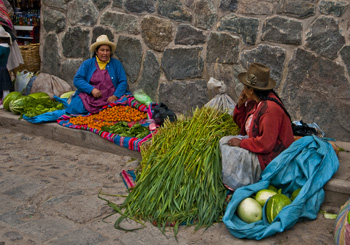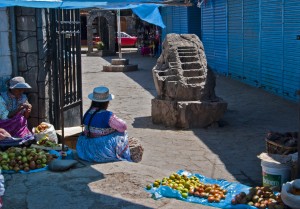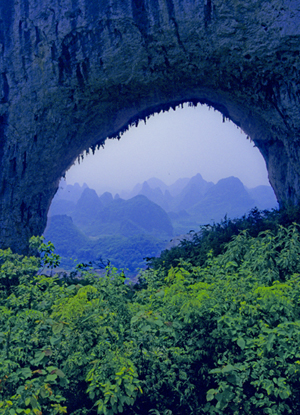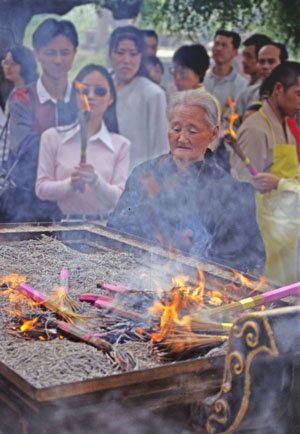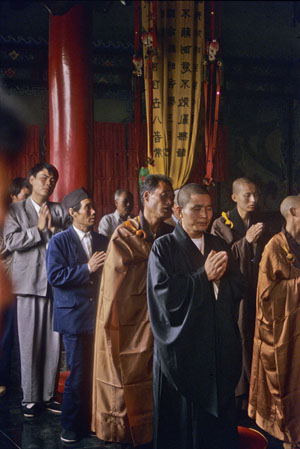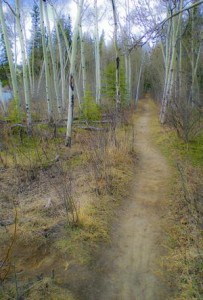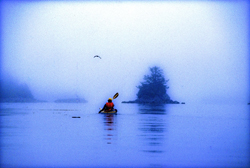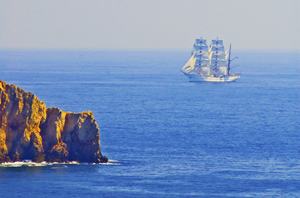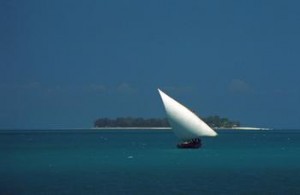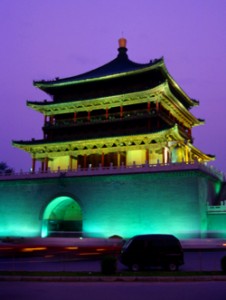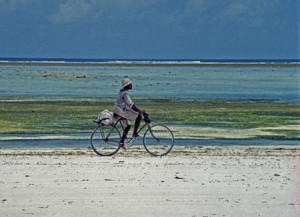Clothing Might Make the Man, but Maps Make the Country
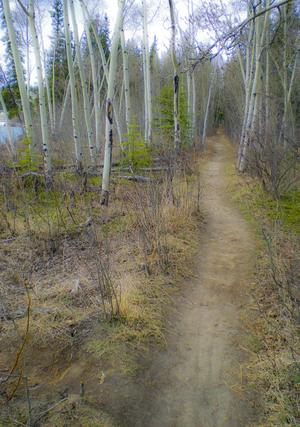
I thought I’d throw a little light on my home and native land in honor of Canada’s 145th birthday on July 1st.
Maps give shape to countries, both real and imagined. I’ve written previously of the long search for St. Brendan’s Island in the Atlantic and how the need to establish Prestor John’s country influenced the maps of Asia and Africa. But beyond creating imaginary countries and geography, there are three real ways that maps can help build a nation and all of these have been used to build Canada. Maps can:
1. Help the populace visualize the their nation and understand their borders;
2. Take a geographic area and turn it into a political abstraction such as the Canadian state, and
3. Mediate relationships between states and their population and can act as a means of ‘erasing’ certain populations from the national and political psyche.
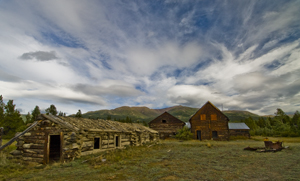
Maps have performed these roles for Canada since before the country was actually born. An example of the first comes from the period when the French and the English were still making their claims on North America. In the early 18th century, between 1713 and 1756, the French and English were engaged in a continuing dispute over what was English and what was French territory. This led to what might be called a war of maps, or at least a war of propaganda perpetuated through maps, with English maps having the audacity to present the French territory as a small area confined between the Ottawa and Saguenay Rivers in present-day Quebec, while the rest of North America – areas that had largely been mapped by French explorers – was claimed to be English. Oddly enough in the fight over what was French and what was English some of the battles, such as the argument over what was ‘Acadia’ (French) and what was ‘Nova Scotia’ (English) both sides presented maps prepared by their opponent. The trouble was, so much erroneous information was included in so many maps, you could pretty much support either argument.
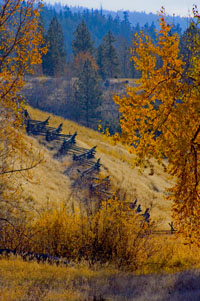
Maps also played a role in defining the border between Canada and United States. Dr. John Mitchell created A Map of the British and French Dominions in North America in 1755 and this was a pivotal map used by both of the fledgling countries in determining their borders. A Virginian, Mitchell became interested in maps as a result of concern over the French encroachment on territories the English had ambitions on. He began to collect information from travelers and publicly available maps, and compiled one of the first maps of North America. He wanted to expose the scale of the French Threat (they had been all the way down the Mississippi and far into the west by this point) to the British public and the colonies. Although his first map was crude, it showed enough promise he was commissioned to create something better by the Lords Commission on Trade and Plantations and was given access to the growing store of maps and charts coming from the new world.
The resulting maps showed a credible presentation of the boundaries of Upper Canada and, when the 1783 boundary negotiations between the United States and Britain began, the map helped to settle that the boundary would bisect the Great Lakes and then continue west. But that didn’t set the boundaries at the 49th parallel. It was another map, created by Jean Palairet, that erroneously showed the 49th parallel as the ‘agreed upon’ boundaries between French America and the Hudson’s Bay company. Although the French had never agreed to the boundary, the strength of a map presenting that fiction led the two countries to accept the 49th as their boundary in reality.
Two years after confederation, the fledgling Canada’s mapmaking had its first brush with making a culture disappear. In 1869, when the government sent surveyors into the prairies to prepare them for settlers, they were charged with measuring off the land, just as their American counterparts had done south of the border. They sought to mark off the land in one mile blocks, but when they came to the “hay privilege” lands of one Andre Nault, they were stopped by a group of Metis led by Louis Riel. You see, these descendents of marriages between native women and French explorers had established their own culture and place on the prairies. They had found that, in the arid landscape, the best way to divide the lands was using long strip land claims that flowed naturally back from each river or stream and thus allowed everyone access to irrigation. They viewed the government surveyors’ placement of each square mile on a map, as effectively wiping out their way of life. We know what happened—the Metis rebelled and Louis Riel was hanged and went down in history as an enemy of Canada. The Metis, like many First Nations people, were left as disenfranchised members of our country.
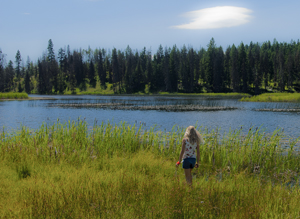
All of which shows how maps can be used to create or subdue a country—in this case mine. Happy Birthday, Canada. Let’s hope our maps of the future are a little more kind.
